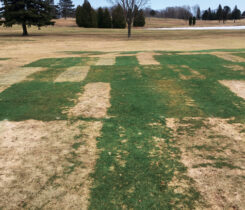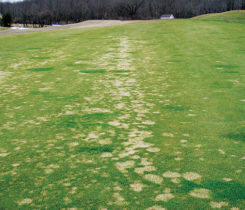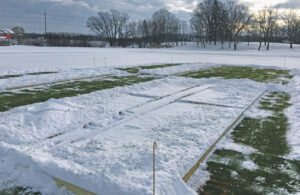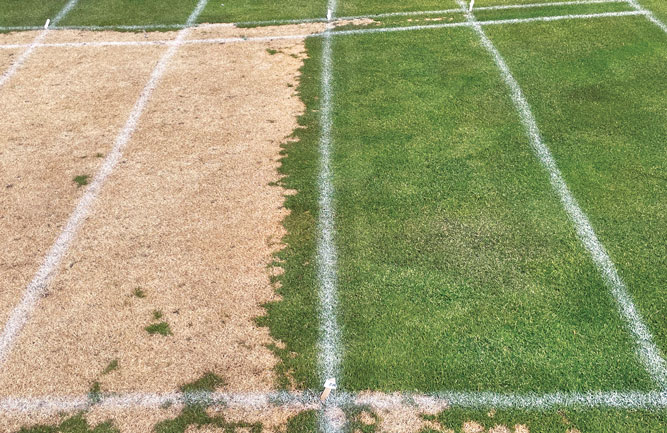Super Science: The bizarro snow mold year
As us Seinfeld (or comic book) fans know, the Bizarro World is the exact opposite of the regular world. As Jerry so eloquently states, Bizarro Superman is “Superman’s exact opposite…up is down. Down is up. He says ‘hello’ when he leaves, ‘goodbye’ when he arrives.” While maybe not quite as dramatic, the winter of 2020-2021 was a bizarro snow mold year.
Places in the north that typically get hammered with snow mold had barely any at all, while their opposites farther south that haven’t seen significant snow mold in 10 years were hammered.
What led to this difference in disease? How could Chicago have more snow mold than northern Wisconsin? What can we learn from this moving forward? Let’s look at the conditions that led to this contrast through the lens of two case studies: a generic course in Chicago and a generic course in Wausau, Wis.
Snow mold galore in Chicago
The lack of snow mold over the past decade in much of the southern Great Lakes had become so normal that many courses no longer applied snow mold fungicides on their tees or fairways. Last winter looked like it would be much the same, with Chicago’s December temperature 5.2 degrees F higher than average and snowfall more than 5 inches below normal. In fact, during a “Happy Hour with the Turf Docs” webinar in early January, I stated that snow mold probably wouldn’t be much of an issue this year. Nostradamus, I am not.
Then, the switch flipped. The temperatures remained above average, but not warm enough to prevent a wave of storms from dumping snowfall after snowfall on the region. Chicago’s January 2021 snowfall was 11.1 inches higher than average, and February 2021 snowfall was 12.5 inches higher than average.
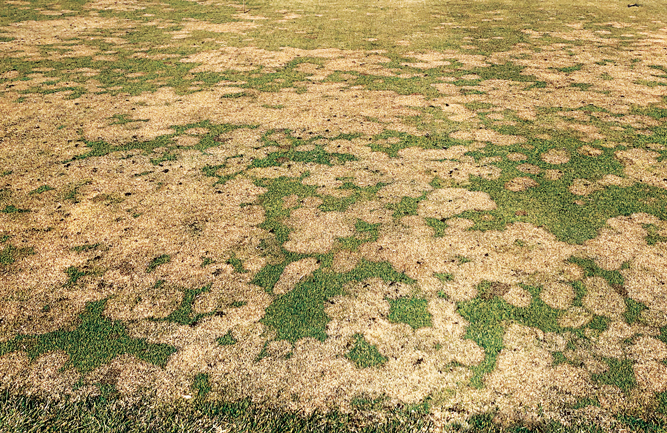
Snow mold pressure in southern Great Lakes locations like Madison, Wis., was severe in 2021. (Photo courtesy of Paul Koch, Ph.D.)
A brutal cold snap hit much of the country in mid-February, but the deep snowpack in the region meant that temperatures at the turf surface would have stayed at or slightly above freezing for this entire period. When the snow finally melted off in March, snow mold was evident on just about every nontreated turf surface in the region.
To summarize what happened in Chicago and much of the southern Great Lakes, warm fall and early winter temperatures led to limited hardening of the turf. Then came a deep and insulating snowpack in January that prevented the February cold snap from affecting fungal growth at the turf surface. Even though it was a relatively short winter, the conditions were perfect for snow mold to develop across the area.









